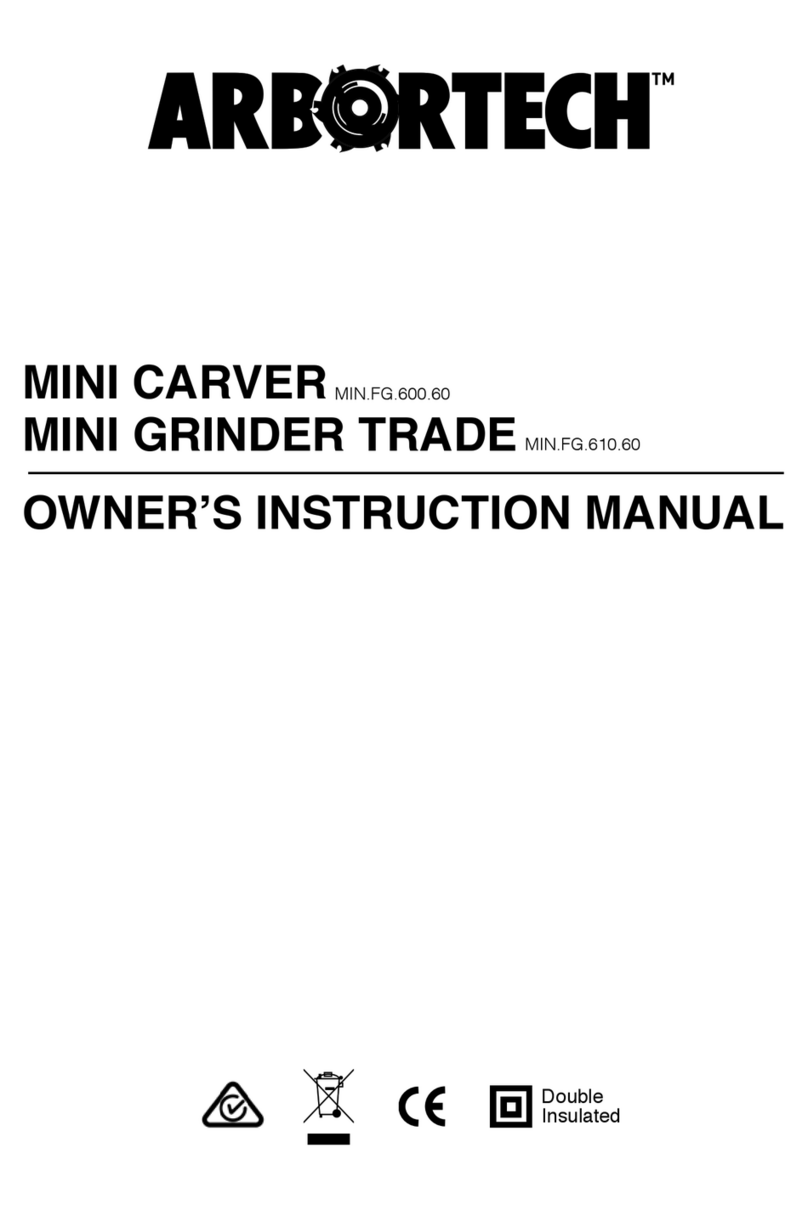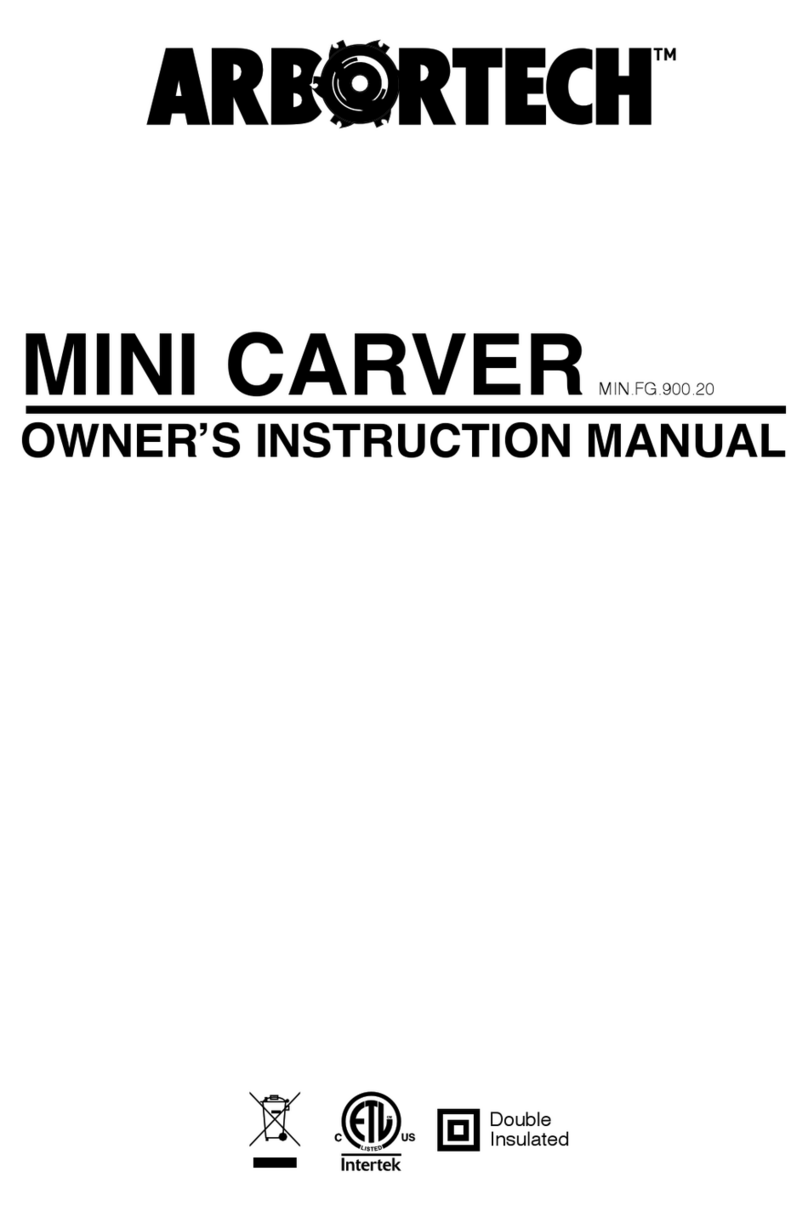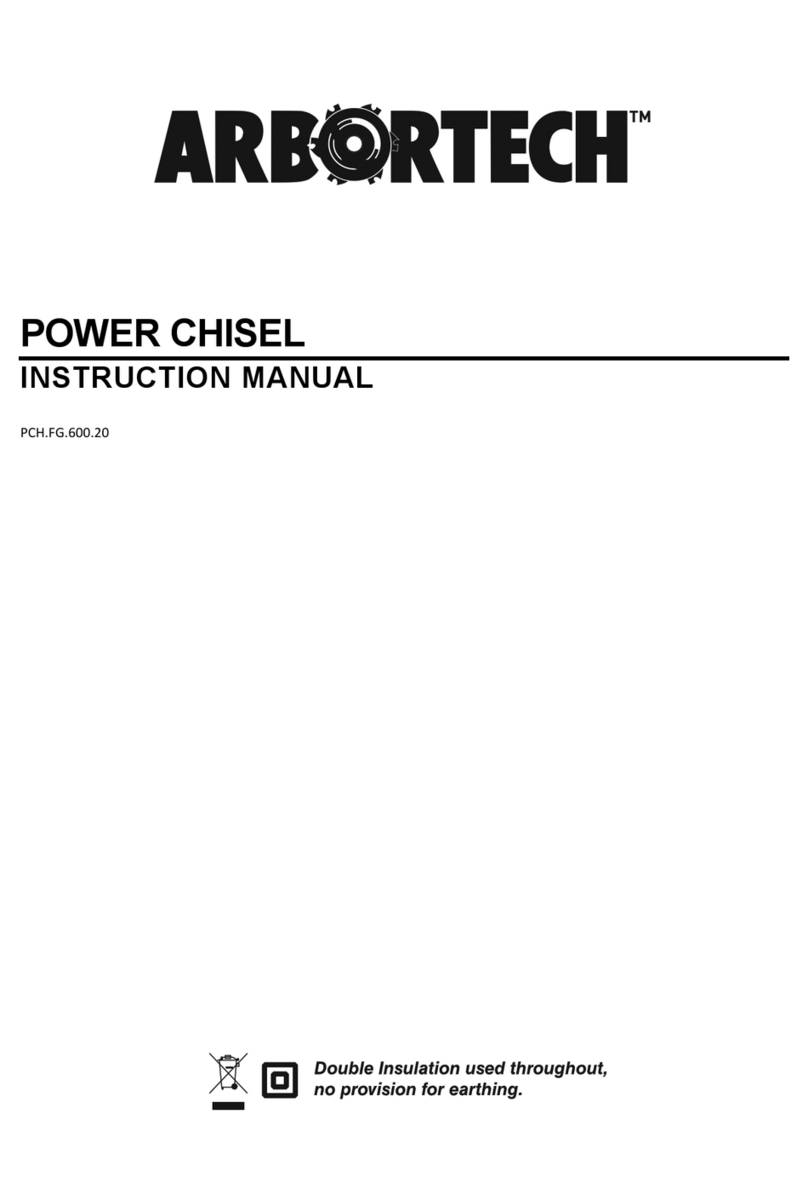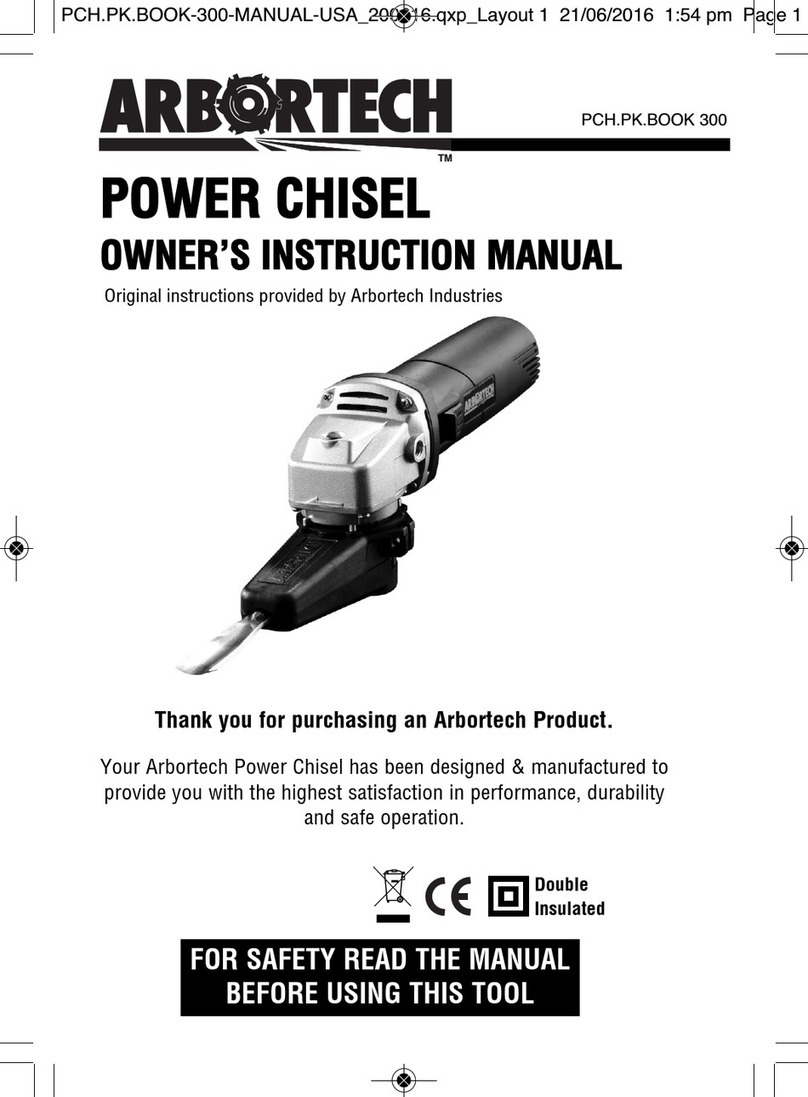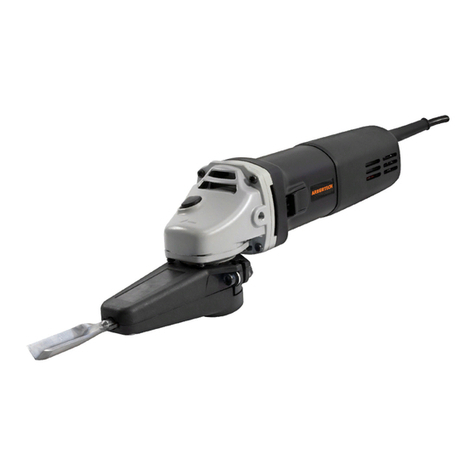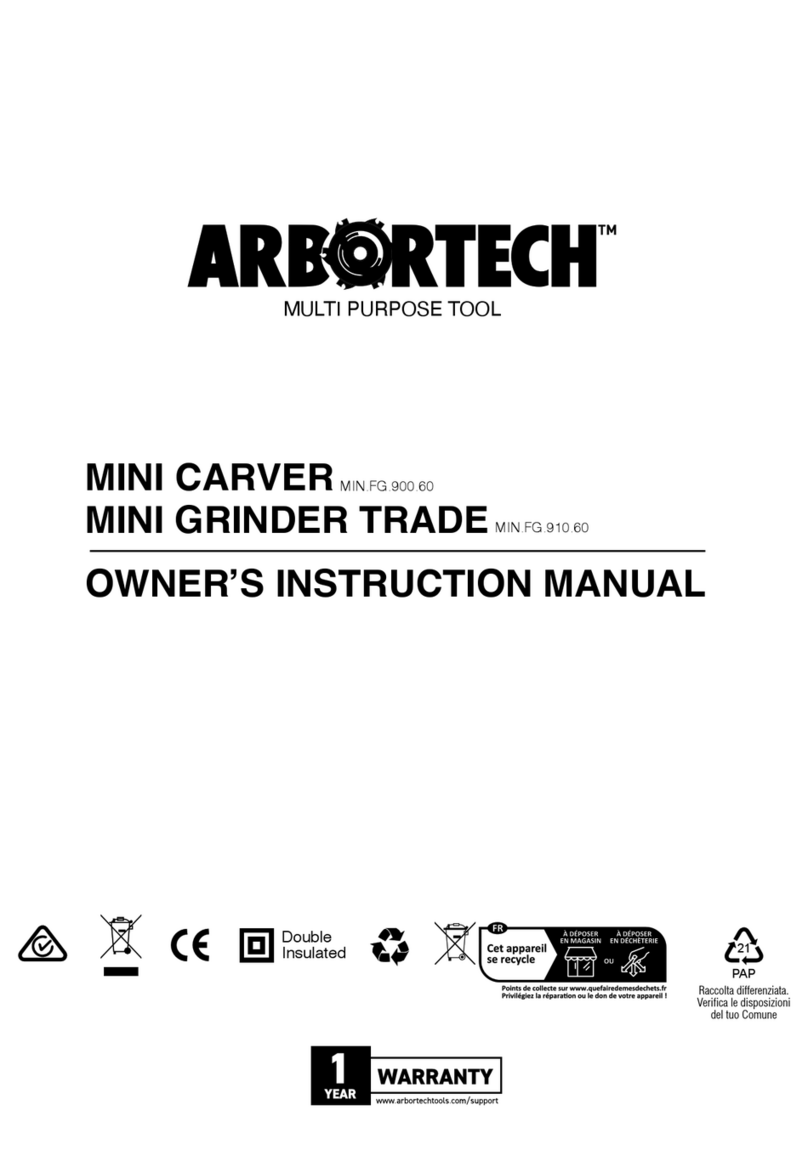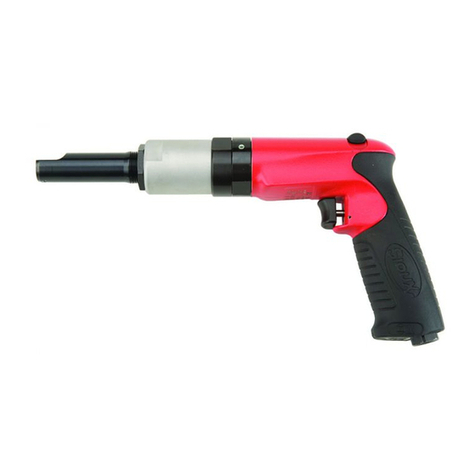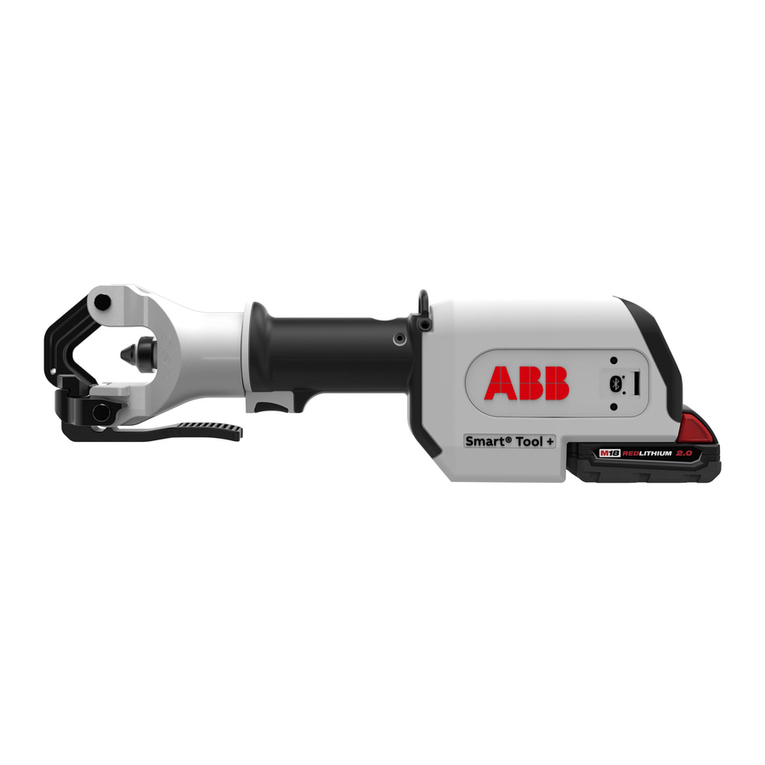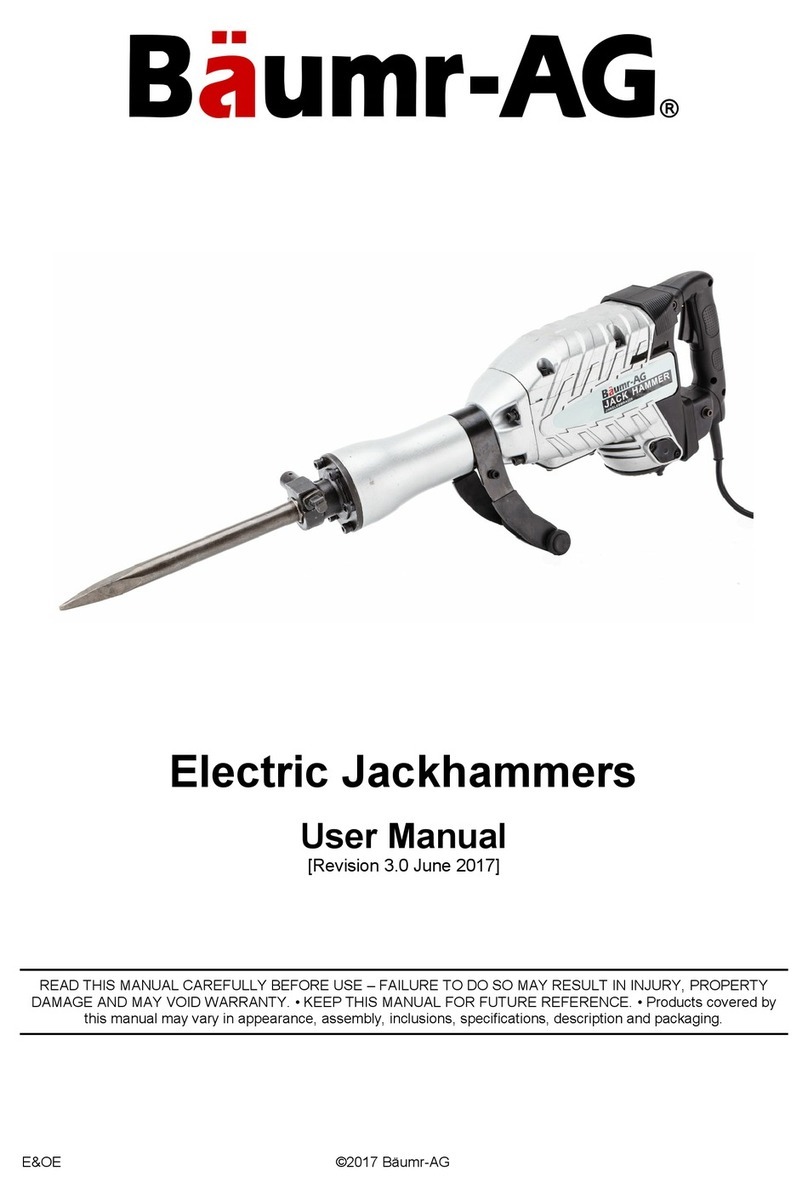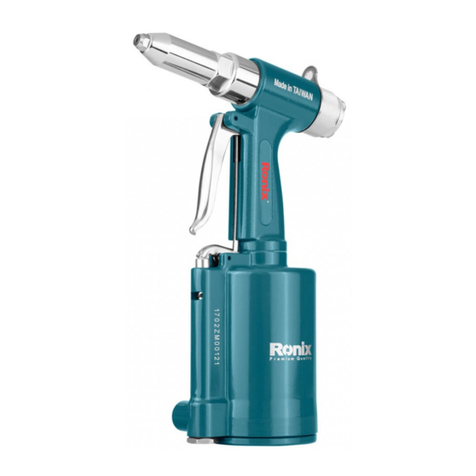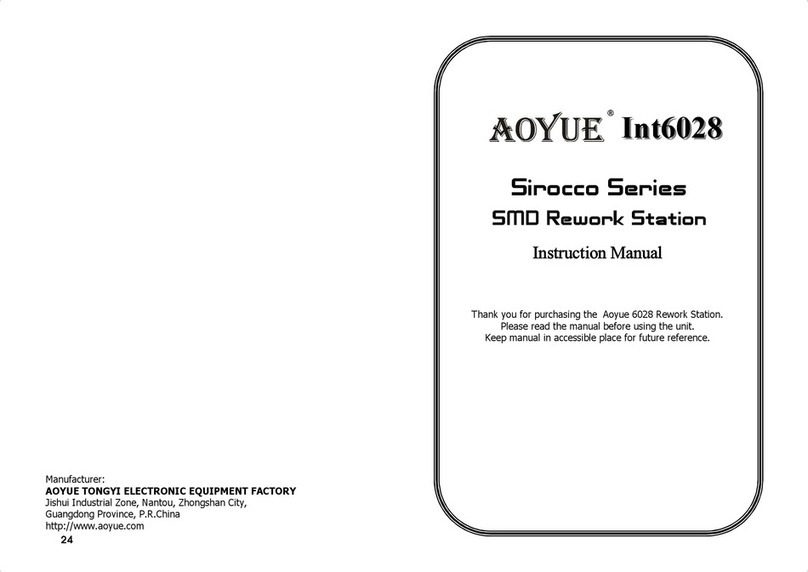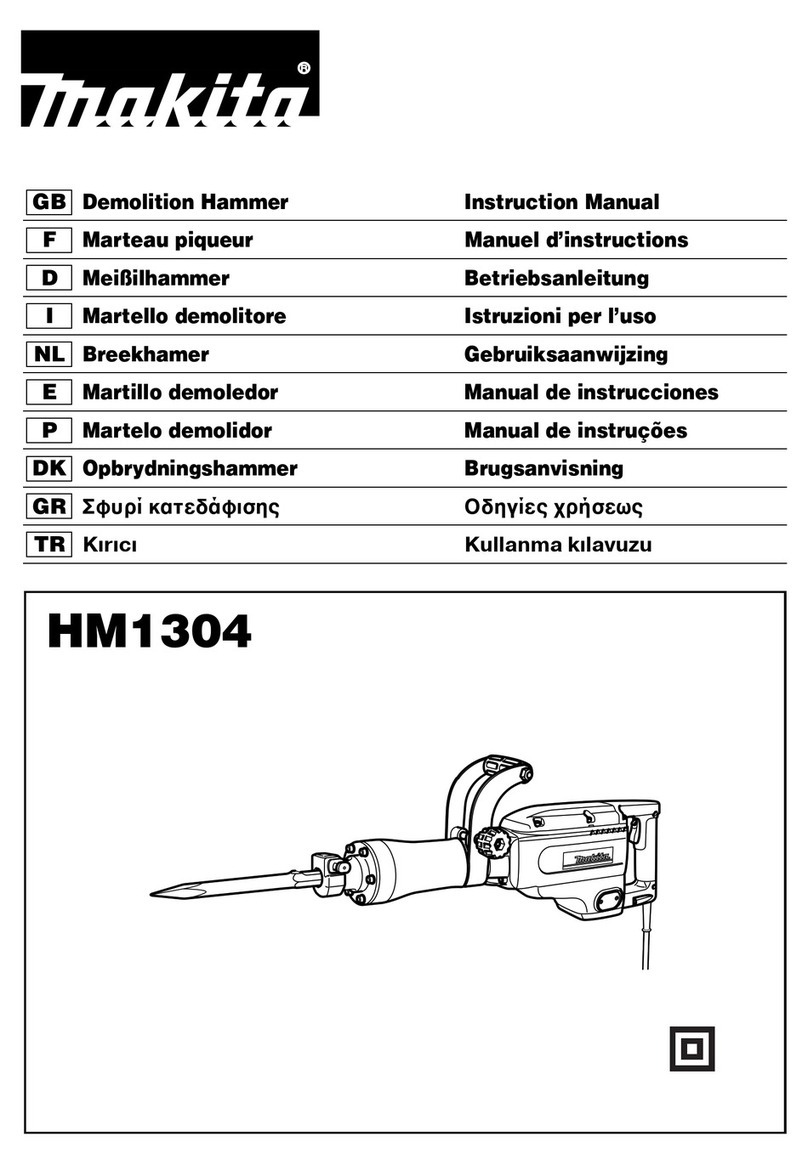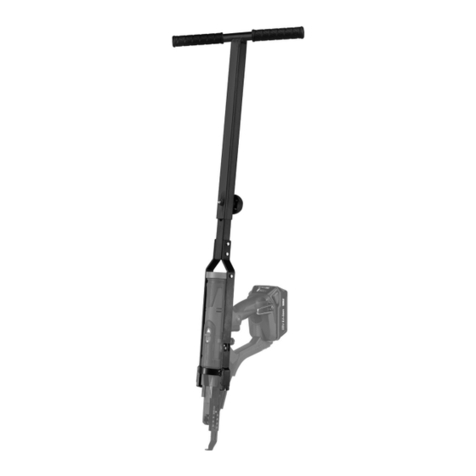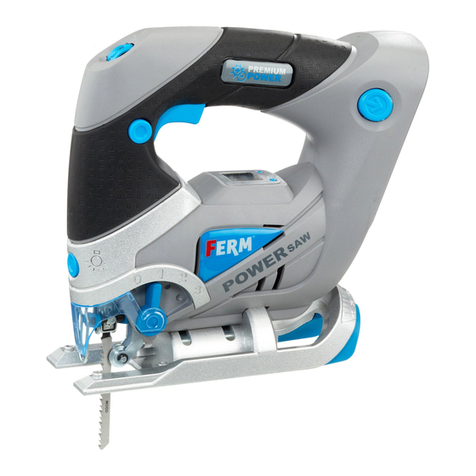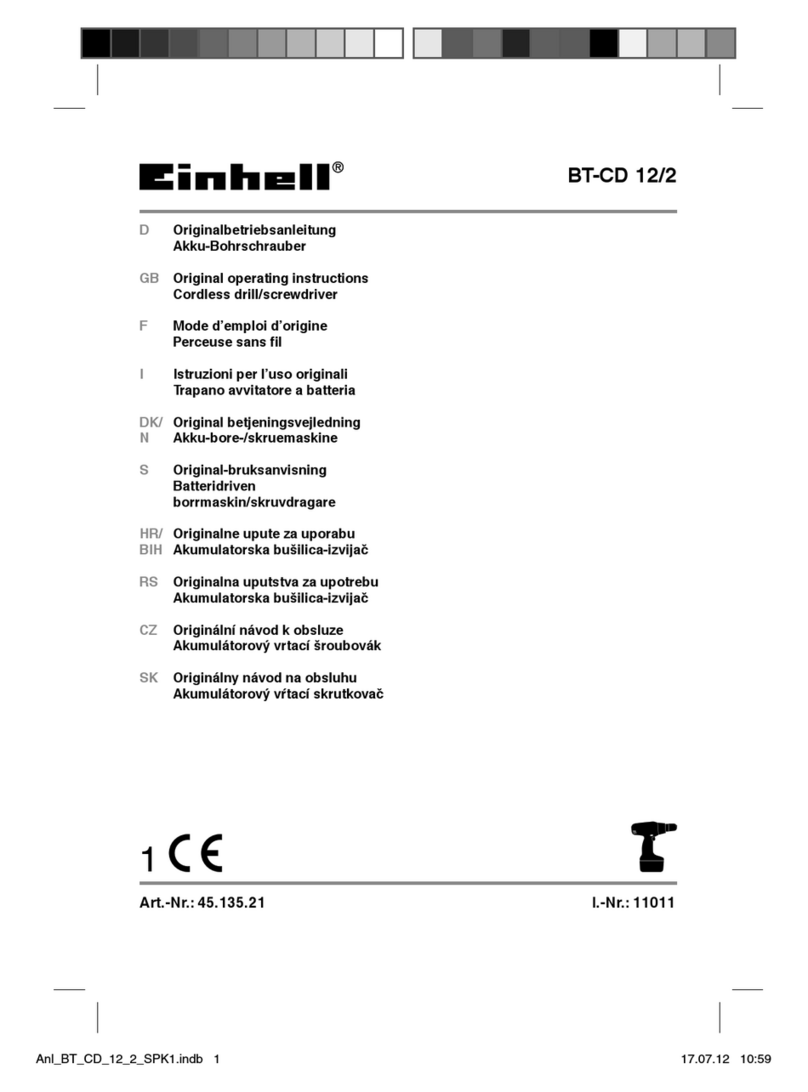6
3SERVICE PROCEDURES
3.1 Head Shells and Ancillaries
3.1.1 Right Hand Head Shell
To disassemble:
1. Unscrew the bridging screw (5 mm hex)
2. Unscrew the three right hand head shell screws (5
mm hex)
3. Remove the shell. Most resistance will be around
the base of the top handle.
Assembly is the reverse procedure, taking care to align the
handle pivot pin, handle locking pin and retractor pivot into
their corresponding holes. Torque the right head shell
screws to 6 Nm and the bridging screw to 8 Nm.
3.1.2 Handle Locking Button
Warning: detaching the button from the right hand head
shell permanently damages the button. It should only be
removed if it requires replacement.
1. Remove the right hand head shell as per 3.1.1. From
the inside of the shell, use a sharp probe to bend or
snap the button retaining hooks until the button
can be removed. Take care not to damage the
surrounding hole surface.
2. Align the new button with the head shell hole and
press firmly to engage the hooks through the hole.
3.1.3 Left Hand Head Shell
To disassemble:
1. Remove the right hand head shell as per 3.1.1
2. Unscrew the three left head shell screws (Torx T25)
3. Rotate the head shell around the retractor as
shown until the shell is inverted then unhook the
retractor from the conrods and the wire guard.
Rotating either forwards or rearwards may be
easier depending on the conrods position.
Assembly is the reverse process, taking care to correctly
hook the retractor through the conrods and the wire guard.
When starting the three screws take care to correctly find
the hole threads since they are easily damaged. Torque the
left head shell screws to 6 Nm.
3.1.4 Top Handle
To service the top handle and handle adjustment
mechanism, first remove the right hand head shell as per
3.1.1.
The top handle, handle washers and pivot pin can then be
inspected and replaced if necessary. A small amount of
movement between the handle and the pivot pin is
acceptable and is part of the vibration isolation system.
When installing a new top handle ensure it is facing forwards
with one handle washer on each side.
To remove the handle locking pin, pry off the e-clip with a
small flat blade screwdriver. The pin will be partly ejected by
the spring. When assembling the locking pin do not apply oil
or grease to the mechanism as they may attract dust.
